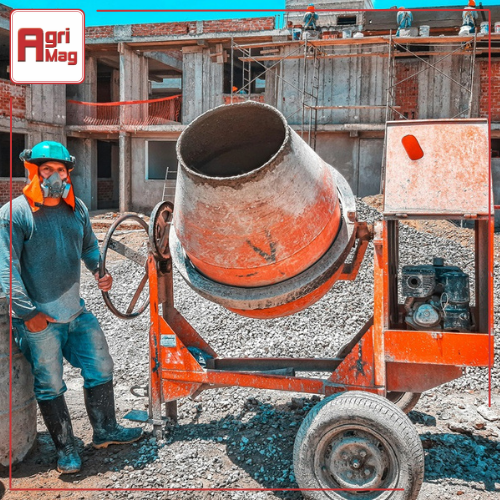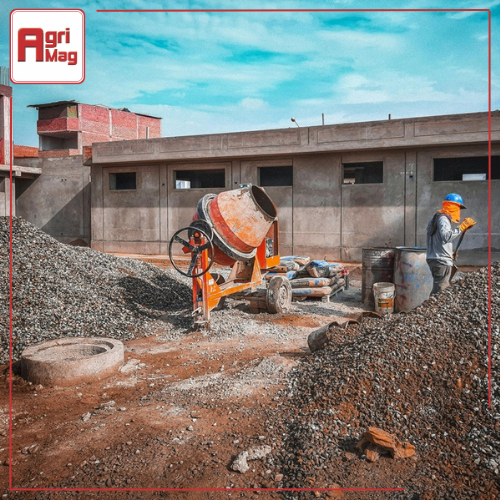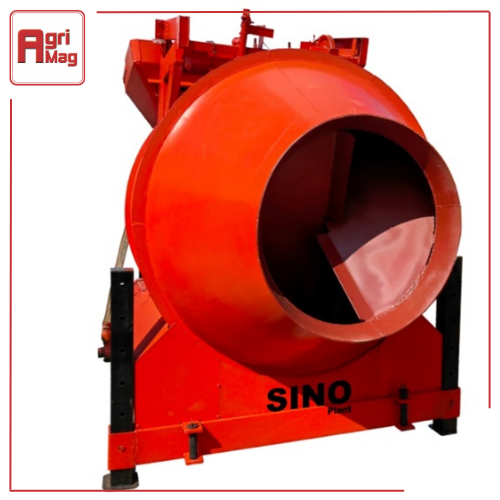
A Deep Dive into How Concrete Mixers Work in the Construction Industry
Date: 28/03/2023
Concrete mixers are indispensable in the construction industry, ensuring the proper blending of cement, water, and aggregates to produce concrete. Understanding how concrete mixers work is crucial for achieving the desired consistency and strength of concrete in various construction projects. This guide covers the mixing process, loading and discharge procedures, and maintenance and cleaning tips, providing a comprehensive overview. Want to know more about machinery? Read blog articles on AgriMag.
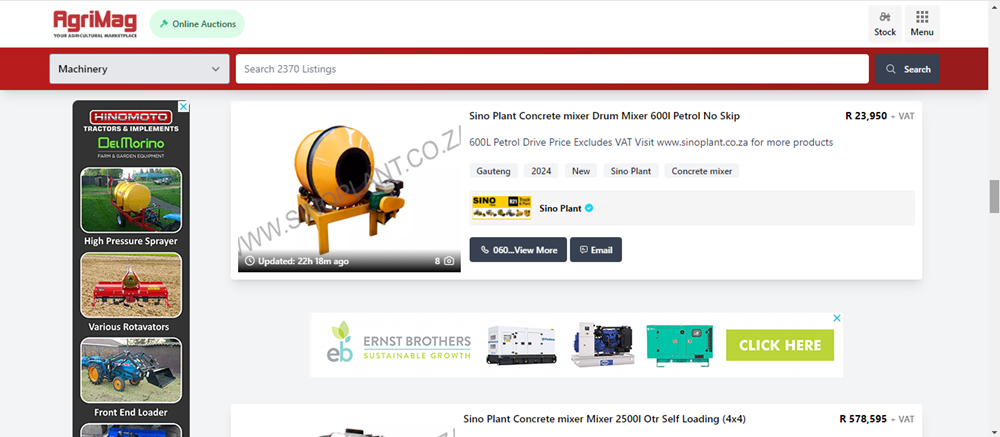
Understanding How Concrete Mixers Works
The Mixing Process
Concrete mixers, also known as cement mixers, are designed to mix all the components of concrete uniformly. The mixing process involves several steps:
1. Introduction of Materials:
- Aggregates: Sand, gravel, or crushed stone are loaded into the mixer.
- Cement: The binding agent, typically Portland cement, is added next.
- Water: Essential for initiating the chemical reaction, water is added to the mix.
2. Operation of the Mixer:
- Cement mixers use a rotating drum to mix the materials. The drum is inclined at an angle, and as it rotates, the materials tumble and mix together.
- Inside the drum, there are blades or paddles that lift and drop the materials, ensuring a thorough mix.
3. Time and Consistency:
- The mixing time can vary but generally ranges from 1 to 3 minutes. Consistency is key; the mix should be uniform without any lumps or dry patches.
- Over-mixing or under-mixing can affect the quality of the concrete. Over-mixing may lead to segregation of materials, while under-mixing can result in a weak concrete structure.
Read: Everything You Need to Know About Concrete Mixers in South Africa
Loading and Discharge Procedures
Proper loading and discharge procedures are essential for efficient operation and high-quality concrete production.
1. Loading:
- Order of Materials: To achieve the best mix, the materials should be loaded in a specific order – aggregates first, followed by cement, and then water.
- Batch Size: Ensure the mixer is not overloaded. Overloading can hinder proper mixing and strain the mixer’s motor.
2. Discharge:
- Angle and Speed: The drum’s angle and rotational speed can be adjusted for effective discharge. Tilting the drum allows the concrete to pour out smoothly.
- Avoiding Spillage: Care should be taken to position the mixer correctly to avoid spillage and waste of concrete.
- Continuous Mixing: In some cases, especially for large pours, the mixer can continue rotating slowly to keep the concrete in a workable state until it is fully discharged.
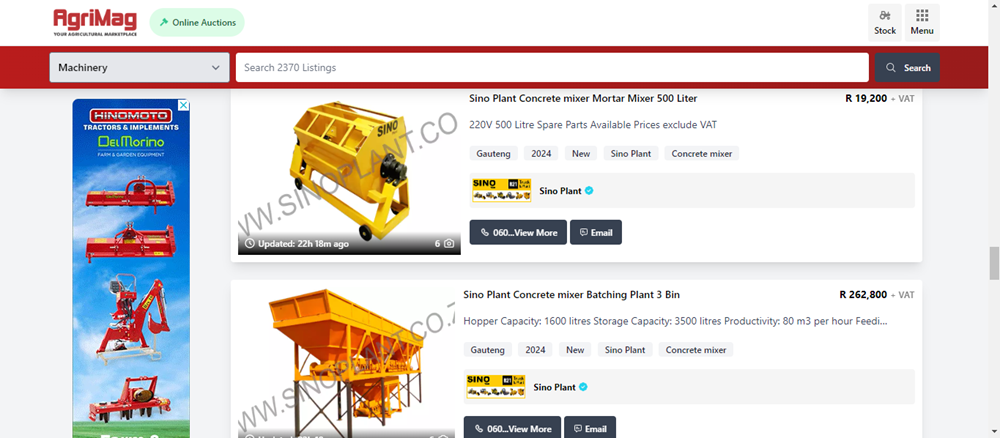
Maintenance and Cleaning
Regular maintenance and cleaning of concrete mixers are vital to extend their lifespan and ensure consistent performance.
1. Routine Maintenance:
- Inspection: Regularly inspect the mixer for any signs of wear and tear. Check the drum, blades, motor, and other components.
- Lubrication: Keep the moving parts well-lubricated to reduce friction and prevent breakdowns.
- Repairs: Address any minor issues immediately to avoid major repairs later. Replace worn-out parts as necessary.
2. Cleaning:
After Each Use: Clean the mixer thoroughly after each use. Residual concrete can harden and become difficult to remove, affecting future mixes.
Cleaning Process:
Initial Rinse: Rinse the drum with water immediately after use to remove fresh concrete.
Scrubbing: Use a stiff brush to scrub the interior surfaces of the drum and blades.
Final Rinse: Perform a final rinse to remove any remaining debris.
3. Deep Cleaning:
- Periodically, perform a deep cleaning by running the mixer with a mix of water, gravel, and a small amount of cement. This abrasive mix helps clean the interior surfaces more effectively.
Understanding how concrete mixers work is essential for anyone involved in the construction industry. By mastering the mixing process, adhering to proper loading and discharge procedures, and maintaining and cleaning the equipment regularly, construction professionals can ensure the production of high-quality concrete. These practices not only enhance the efficiency of the construction process but also contribute to the durability and longevity of structures. With this knowledge, builders can continue to create robust and reliable infrastructure, meeting the demands of the growing construction market. Do you wish to learn more about machinery? Read through AgriMag's blog posts.
Categories:
Common category
Category Search:
Latest articles:
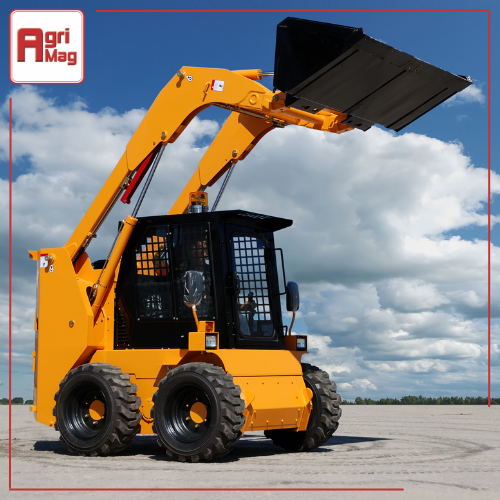
What to Look for When Buying a Skidsteer Loader for Farming

Why Planning Early for the Planting Season Pays Off

Why Winter Feed Management is Crucial for Livestock Health

